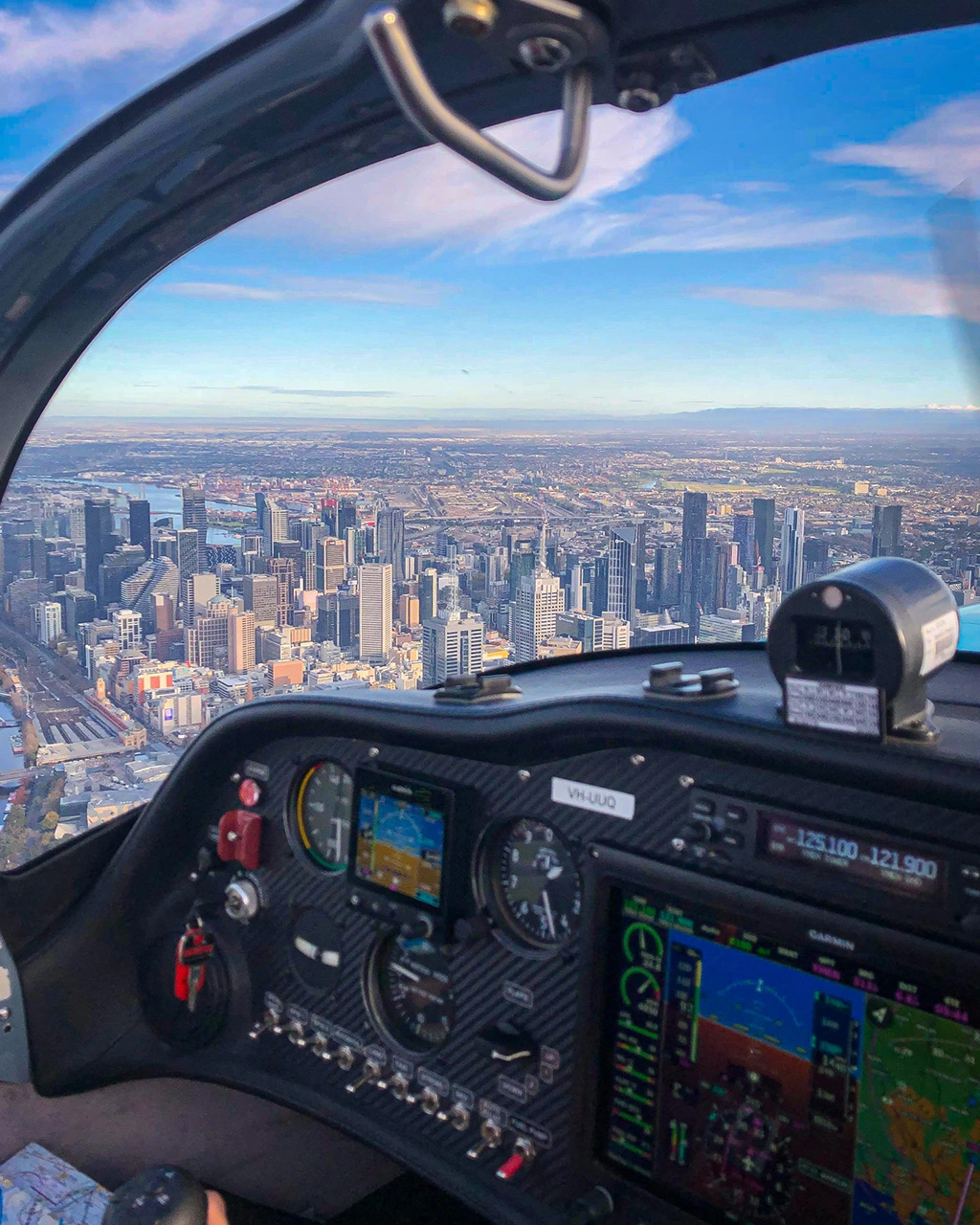
August 23, 2017
What is Threat and Error Management in Aviation?
Threat Error Management (TEM) in aviation is a term that has commonly been associated with airline operations. But it also extends to all other aspects of aviation. TEM is all about being a safe and well-prepared pilot.
The definition of Threat and Error Management in aviation
Threat Error Management (TEM) has been defined by various institutions. The Australian authority Civil Aviation Safety Authority (CASA), defines it as:
‘The process of detecting and responding to threats and errors to ensure that the ensuing outcome is inconsequential – the outcome is not an error, further error or undesired state’.
It wasn’t always called TEM
The term has evolved over time from Cockpit Resource Management (CRM) to Crew Resource Management (again CRM), to its current form as TEM.
Although these big words and terms sound noteworthy, you most likely won’t come to grips with what they are really about or how much of an impact they have on a pilot during a flight without exploring them in detail through study and practice.
Its impact extends beyond aviation
While TEM was first adopted by the airline industry, its importance for all of us should not be underestimated. TEM has impacted of all kinds of industries in a multitude of ways.
Threat and Error Management processes and practices have become the benchmark when approaching tasks and activities in a range of professions, including our flight training and other standard aviation procedures.
TEM gives us perspective on perception
Each of the key concepts in TEM relates to a specific aspect of a total process, and all are aimed at handling a particular threat.
What is a threat? Furthermore, what is a threat to you?
In many cases, this threat can be different to the one which is commonly perceived.
Threats can come in many forms, such as environmental. The weather, or other factors that may seem inconsequential such as:
Flying in a different aircraft compared to your usual one
Having a change of instructor on the day
Preparing adequately for your flight
Not having enough sleep the night before
All of these are considered threats as they can have an impact on the outcome of any flight.
Errors become easier to manage
Beyond the threats is the resulting error. Some errors may result in a further error, varying in size but depending on how we handle it may or may not impact on the safety of the flight. Ultimately, this aspect relies heavily on how the management of that error is addressed.
As pilots, we are the last line of defence when considering errors and, therefore, safety. The key responsibility to prevent this error from having an outcome or impact on the flight and placing one’s aircraft in an ‘undesirable state’.
This management should not be underestimated because a significant or undesirable outcome places one in a position that none of us would like to contemplate, irrespective of the size or aircraft type that we are operating.
TEM Invites closer analysis of safety
The question that arises is what should we do when handling threats and errors each time we go flying? The answer may vary, however, we should actively look around us and consider any factor that may be perceived as a threat.
Beyond this, consider what error could arise from this and how as an individual you would manage or handle this situation. Only then with constant attention, proactive discussion and consideration of factors around us will we improve our skills and awareness towards becoming better and potentially safer pilots of the future.
See how Threat and Error Management in aviation is discussed in one of our flying lessons on YouTube below. Don’t forget to subscribe for more great flight training content!
Want to fly with us? Email hello@learntofly.com.au. You can also visit https://drift.me/learntofly/meeting to book a meeting and school tour.









